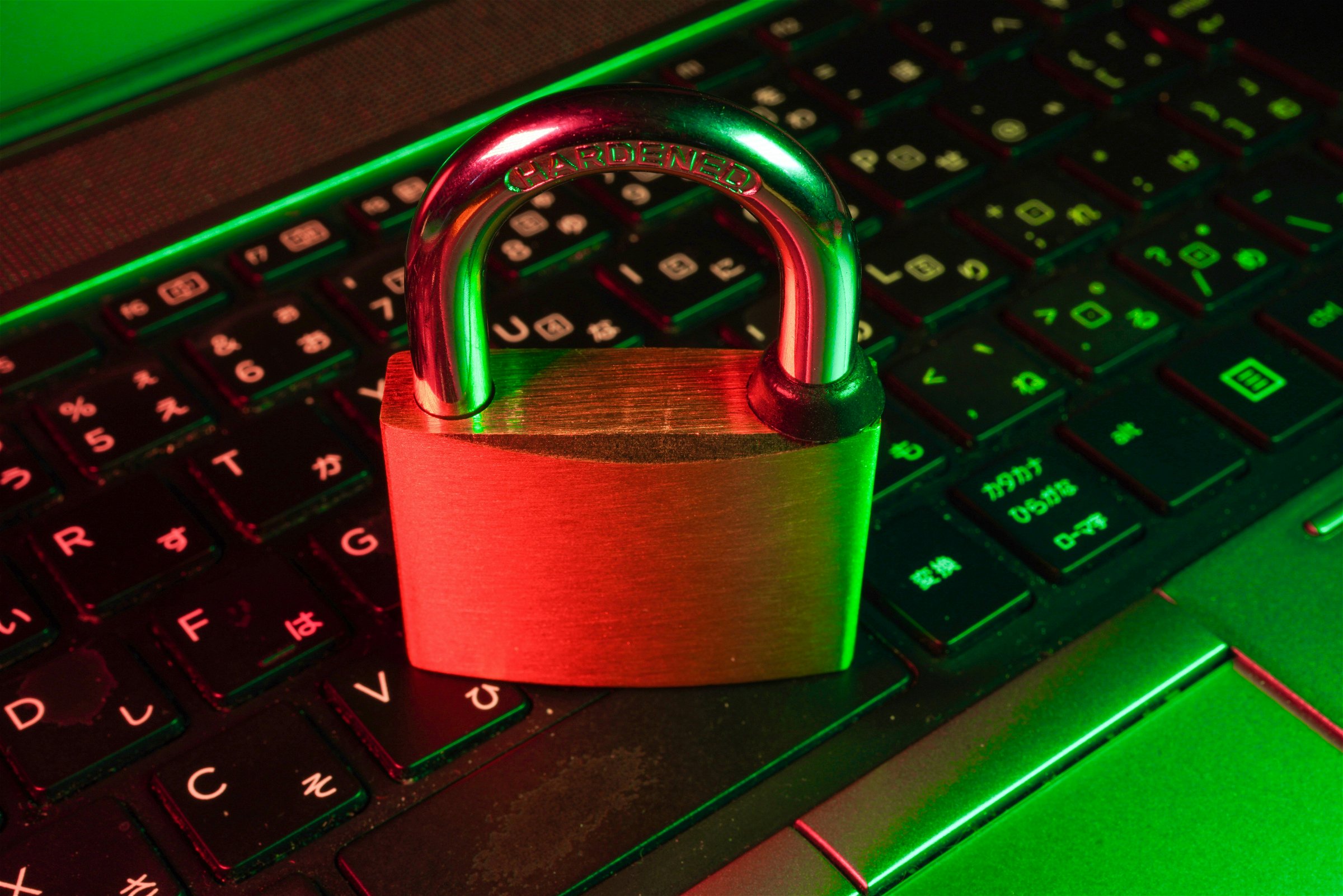Ransomware attacks and data breaches have underscored the critical importance of robust organizational security. Enhancing an organization's security posture involves more than just technological upgrades; it requires a holistic strategy that integrates strategic leadership, accountability, and cutting-edge technology with the organization's overarching goals.
This article offers a concise overview of essential strategies to strengthen your organization's security framework. It emphasizes the importance of a unified approach that combines leadership direction and effective technical measures to create a resilient and secure environment.
By understanding and implementing these core principles, leaders can ensure their organizations are better equipped to navigate the complexities of today's cybersecurity challenges, safeguarding their assets, reputation, and ultimately, their future.
Leadership's Pivotal Role in Security
The commitment to security starts at the top. When a CEO places security high on their agenda, it sets a foundational tone across the organization, instilling a culture of vigilance and shared responsibility.
This top-down approach ensures security is not just a technical task but a core element of the business strategy, discussed and prioritized in the boardroom alongside other key objectives. Such strategic positioning of security underscores the organization's commitment to protecting its assets and fosters trust with all stakeholders.
Effective leadership in security transcends directive commands; it's about creating an ethos where security measures are an integral part of everyday operations and decision-making. This holistic strategy, driven by accountability at the highest levels, equips organizations to better manage the evolving risks of the digital age, promoting a resilient and secure operational environment.
Establishing a Culture of Accountability and Ownership
A culture where every member feels directly responsible for security fortifies an organization's defenses. Assigning asset protection responsibilities empowers individuals, making security a personal duty rather than a distant IT concern.
For example, introducing a Security Governance Committee ensures accountability and ownership are woven throughout the organization's fabric. This committee can serve as a crucial link, ensuring security efforts are closely aligned with corporate goals. Such alignment elevates security to a fundamental business value, fostering a unified commitment to protecting the organization.
Aligning Security with Business Goals
A crucial aspect of enhancing an organization's security posture is ensuring that security initiatives directly align with business objectives. This strategic alignment guarantees that security measures contribute positively to the organization's overall goals rather than being seen as a hindrance or merely a compliance requirement.
For strategic alignment to be effective, security efforts must have a direct line of communication with the organization's highest leadership. Reporting directly to the CEO, security leaders can ensure that security is not only aligned with but also contributes to the strategic vision of the organization.
This direct reporting structure elevates security to a top-tier priority, ensuring it receives the attention and resources needed to address the evolving digital landscape effectively.
Adopting and Adhering to Security Frameworks
Adopting security frameworks like ISO/IEC 27001 can significantly strengthen an organization's security posture. These frameworks offer a comprehensive set of guidelines and best practices for managing and protecting information and other valuable assets securely.
ISO/IEC 27001, in particular, not only details the requirements for establishing, implementing, maintaining, and continually improving an Information Security Management System (ISMS) but emphasizes a risk management process that is integral to a business's security strategy.
By aligning with recognized standards, organizations ensure their security efforts are comprehensive and adaptable to changes in the threat landscape and business environment. This adherence supports a systematic approach to identifying, assessing, and managing security risks, embedding risk management deeply within the organization's security practices.
Prioritizing Professional Development and Expertise
A cornerstone of a robust security posture is a knowledgeable employee base. For example, hiring professionals with cybersecurity certifications like CISSP (Certified Information Systems Security Professional) or CCSP (Certified Cloud Security Professional) can significantly bolster your organization's security as well as image.
Importantly, enhancing security expertise isn't limited to external recruitment. Supporting current employees in obtaining these certifications can substantially strengthen your organization's security.
In particular, the CISSP certification marks a professional's expertise in establishing comprehensive security measures. Maintaining such certifications requires professionals to continue their education, ensuring they are adept at recognizing and mitigating new threats and maintaining a proactive stance on security.
By fostering a culture that values and promotes professional development, organizations not only enhance their security capabilities but also empower their employees. Those with the latest knowledge and skills are better prepared to address complex security challenges, safeguarding the organization's assets and data in an ever-evolving digital landscape.
Understanding and Protecting Assets
Effective asset protection begins with a clear understanding and thorough documentation of what assets an organization holds. Detailed asset inventories, including the identification of asset owners and making them ultimately accountable, are vital for pinpointing where security measures are most needed. This helps in assessing vulnerabilities and tailoring protection strategies to specific assets, whether they're physical devices, digital information, or intellectual property.
Beyond inventory, the implementation of robust protection measures is crucial. This includes everything from physical security controls to cybersecurity measures like encryption, access controls, and regular security audits.
Through these targeted measures, organizations can shield their most valuable assets from a wide array of threats, ensuring their operations remain secure and resilient against disruptions.
Access Control and Risk Assessment
It's not just about providing a detailed inventory of your organization's assets; it's also about ensuring that only approved employees have access to critical assets. Effective access control plays a crucial role, acting as the first line of defense against unauthorized access. By implementing strict authentication and authorization protocols, organizations ensure that sensitive information and systems are accessible only to those with a legitimate need.
But securing assets doesn't stop at controlling access. Ongoing risk evaluation is equally critical, ensuring security measures adapt to new threats and organizational changes. This continuous process of identifying, analyzing, and mitigating risks helps prioritize security efforts, directing attention and resources to the most vulnerable areas.
These practices create a dynamic and resilient security framework. They protect critical assets from external and internal threats, reinforcing an organization's security posture in a constantly evolving digital environment.
Enhancing Technical Defenses
While skills and knowledge are foundational in ensuring an organization's security, the role of advanced tools and technologies cannot be overstated. These resources offer invaluable support in detecting and responding to threats swiftly. From real-time monitoring systems to sophisticated encryption tools and firewalls, leveraging the right technology is key to a proactive defense strategy.
Equally crucial is the establishment of an effective incident management process. This ensures that an organization is prepared to identify potential threats and equipped to manage and mitigate any incidents. A well-defined incident response plan facilitates quick action, coordination among teams, and efficient recovery, minimizing the impact of security breaches on operations.
Vendor and Third-party Risk Management
If you work with external partners and vendors, it's vital to recognize that your security is only as strong as the weakest link in your supply chain. Securing the supply chain involves a comprehensive approach to assessing and mitigating risks associated with these third parties. This process ensures that external entities adhere to the same high standards of security that you expect within your organization.
By conducting thorough risk assessments, you can identify potential vulnerabilities that external partners might introduce into your systems and operations. Mitigating these risks might involve implementing stricter security requirements for vendors, regular security audits, and establishing clear communication channels for reporting potential threats. This proactive stance on vendor and third-party risk management not only protects your organization from external vulnerabilities but also reinforces your overall security posture.
Building a Resilient Security Posture
This process goes beyond just planning; testing those plans is also a critical part of your security measures. Crisis preparedness is central to this resilience, requiring the development and regular testing of incident response plans. These drills ensure that when a security incident occurs, the response is swift, coordinated, and effective, minimizing potential damage and downtime. Regular testing helps identify gaps in the response plan, allowing for continuous improvement and adaptation to new threats.
Reputation management is another key element in building resilience. Protecting the organization's public image in the face of security challenges involves clear, transparent communication strategies and the ability to quickly address and rectify any security breaches.
This not only helps to maintain trust with customers and stakeholders but also positions the organization as responsible and reliable, even in crises.
Ready to Improve Your Organization's Security?
Learning to enhance your organization's security posture requires more than just a theoretical understanding of the concepts involved. It demands the right knowledge to apply these principles effectively in the real world. In the ever-evolving landscape of cybersecurity, where threats become more sophisticated by the day, having a team equipped with the latest insights and practices is paramount.
This is why achieving a CISSP certification is invaluable. The CISSP certification is not just a credential; it's a testament to a professional's deep understanding and ability to implement cutting-edge security practices. It prepares leaders and their teams not just to respond to threats but to anticipate them, building a security posture that's both resilient and dynamic.
For those looking to elevate their organization's security capabilities, the Destination Certification Masterclass offers an ideal pathway. Our CISSP preparation course is designed to help you pass the certification exam and to provide you with the knowledge and tools necessary to transform your organization's security approach.
With Destination Certification, you're not just learning to secure your current environment; you're preparing to lead your organization into a secure future.
Rob Witcher
Rob is the driving force behind the success of the Destination Certification CISSP program, leveraging over 15 years of security, privacy, and cloud assurance expertise. As a seasoned leader, he has guided numerous companies through high-profile security breaches and managed the development of multi-year security strategies. With a passion for education, Rob has delivered hundreds of globally acclaimed CCSP, CISSP, and ISACA classes, combining entertaining delivery with profound insights for exam success. You can reach out to Rob on LinkedIn.




